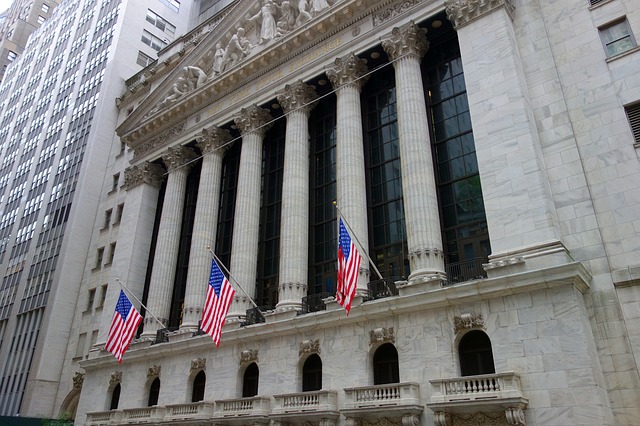A Little Black Monday

The term “Black Monday” is used in finance to indicate Monday October 19, 1987, a day when all the world’s stock markets fell sharply. The US Dow Jones index recorded a loss of 22.61%. At that time there was still no reference to globalisation, but such an event began to show how much the global financial markets were beginning to interweave. There was no particular event that caused the collapse of the markets: it was thought rather of a joint series of effects such as globalization, the use of computers and derivatives.
The use of computers in the financial markets, and its development through High Frequency Trading (HFT) algorithms, contributed in 2010 to another type of episode: the flash crash. It is a sudden collapse that led to a fall of about 10 percentage points in a few minutes.
This Monday, thirty years later, we had an event with both similar characteristics, but more limited in terms of percentage drop and speed. On the one hand, fears of a potential acceleration in the schedule of interest rate increases by central banks and, on the other hand, the presence of computerized algorithms on US markets (risk parity, VaR based models, etc.), have contributed to a very gradual but continuous decline that has also raised volatility to higher levels than in recent periods.
As we can see from the chart below, price levels have returned to the support represented by the upper part of the channel started in mid 2016 (a). The fall was greater than in 2015, with a higher speed and strength: this can be seen from the VIX index, which broke the negative trend of the period (b), and whose highest point corresponds to the 2011 euro area crisis (c).
The moving averages are still positively inclined and the price level is still above the 200-day moving average (red line in the graph), so the medium-term trend remains positive.

The moving averages can give us useful indications on the most critical moments of the trend. The graph below shows the S&P 500 index with its 200-day moving average (lower part of the graph); at the top of the chart there is a percentage indicator that indicates how far the price is from its moving average in percentage terms. As you can see, there is an “attracting effect” which, when the price level exceeds a distance of 10% from the moving average, brings the price back to the average with a correction. In some cases we have a simple correction (c3 and c4), while in others we have a lateral trend that lasts for several months (c1 and c2).
At present, the most reasonable assumption is a correction. However, if volatility does not fall back and panic on the markets increases, we could have a more disorderly situation that could lead to a very volatile lateral trend as happened in 2010 (c1) and at the end of 2011 (c2). These hypotheses are also supported by the basic economic data that at the moment exclude the presence of imminent recessions, typical phenomenon that generally would lead to a reversal of the curve, and to the beginning of a bearish market.

Surely we have entered in a new market phase where there will be more volatility. In fact volatility cannot be eliminated, but only moved forward in time, and now has made its appearance again. It is reasonable to think that we are now in the mature phase of a bullish market cycle that began in 2009, and that could still have room for further development. The data of the coming weeks will give us a confirmation about these assumptions.
Mario Valentino GUFFANTI
CFTe – SAMT Vice President – Swiss Italian Chapter – mario.guffanti@samt-org.ch
Disclaimer: the above article is for general information and educational purposes only. It is not intended to be investment advice. Seek a duly licensed professional for investment advice.

